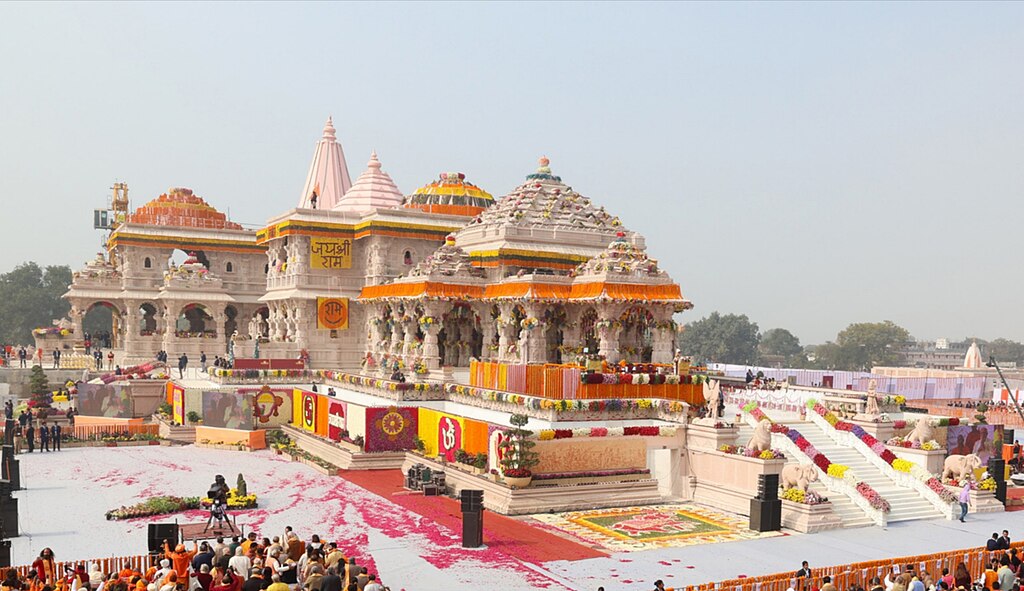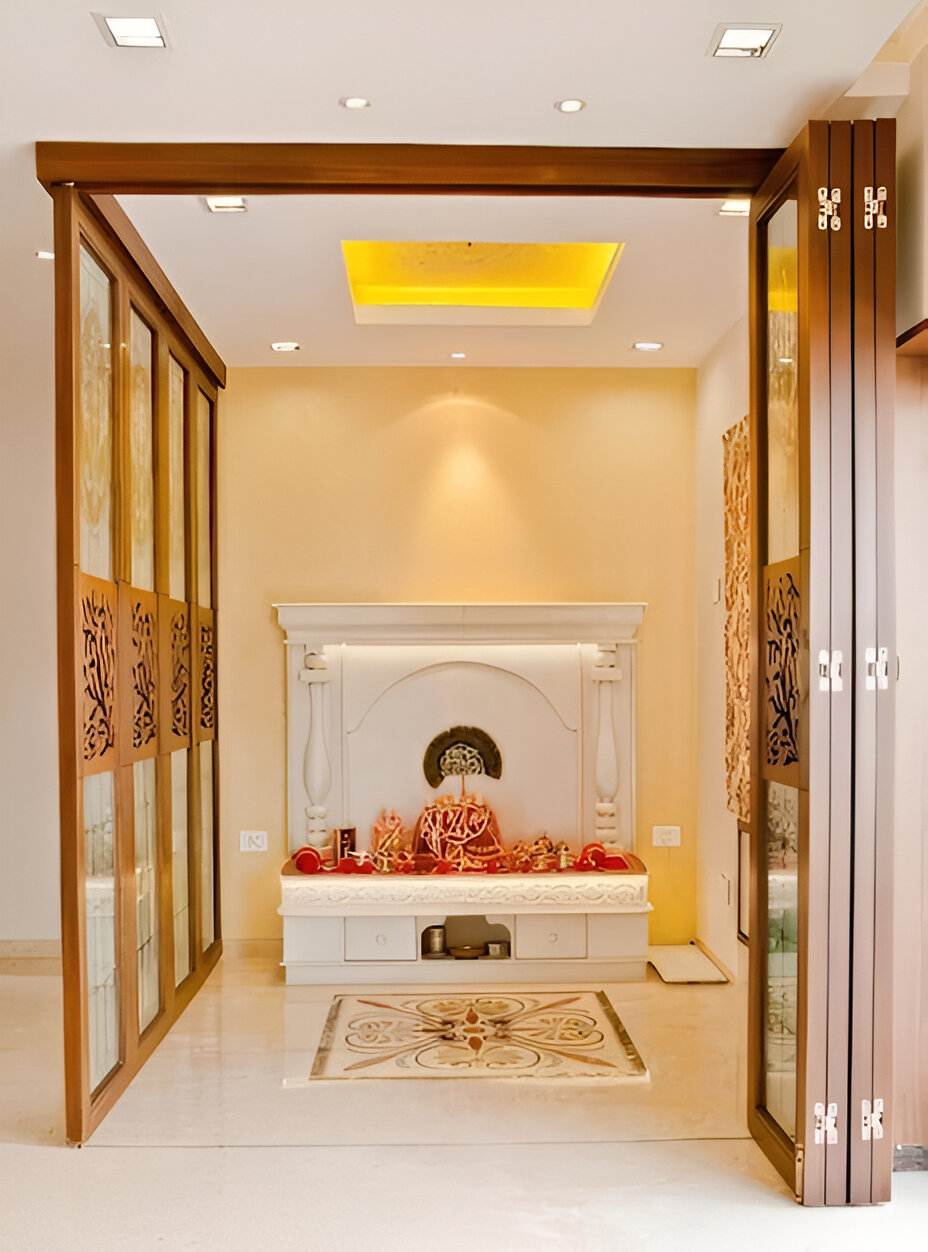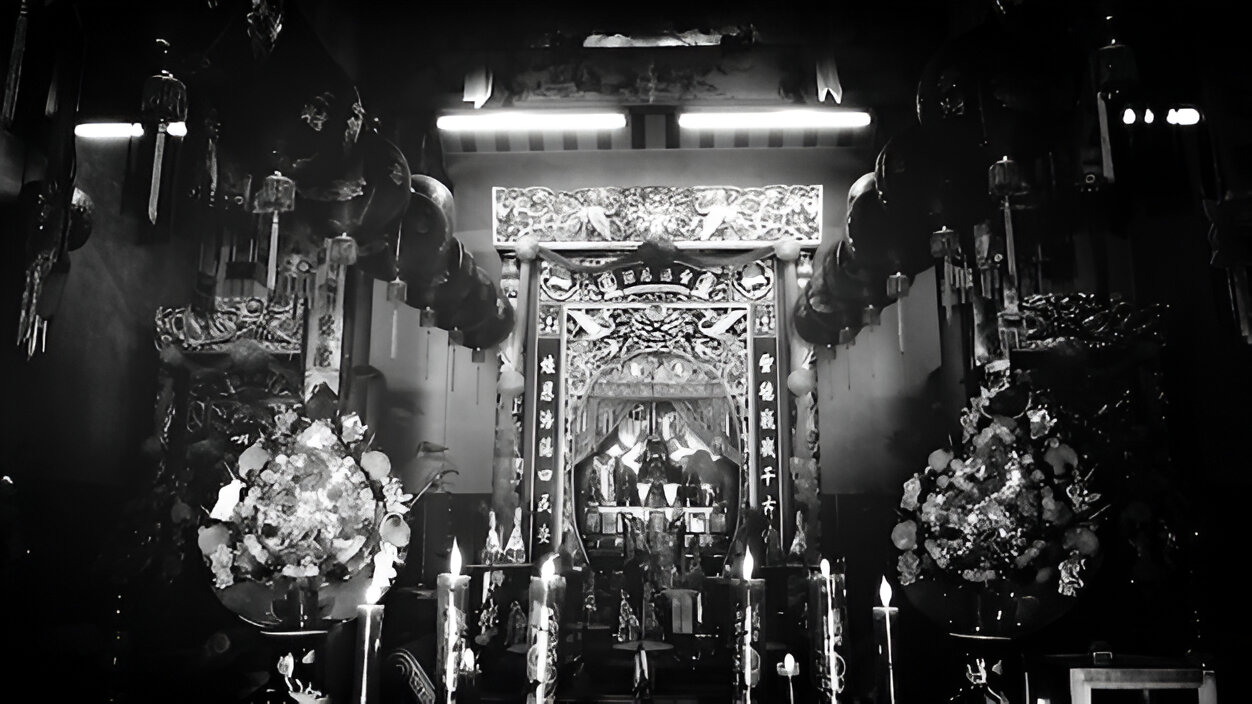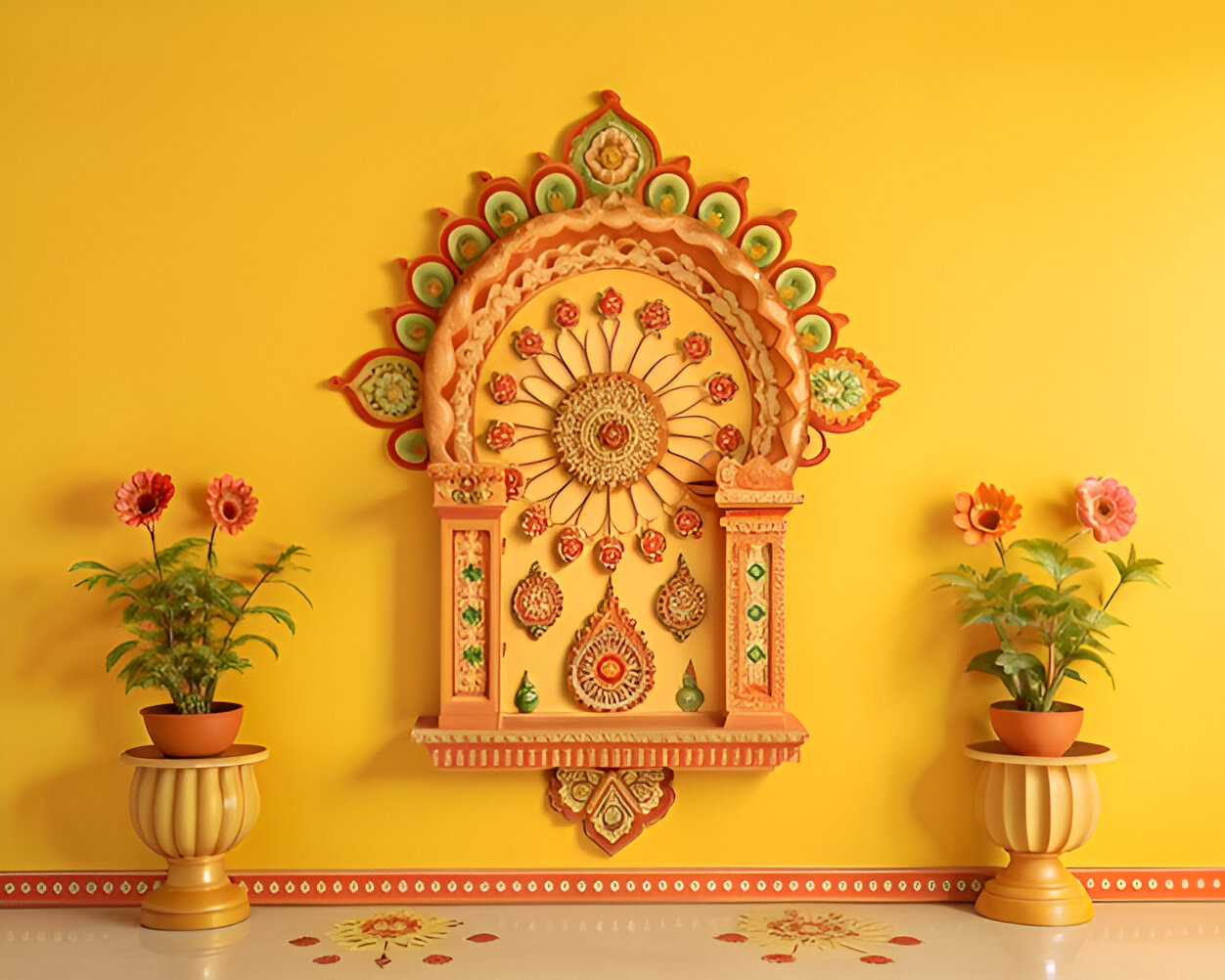The Ram Mandir Ayodhya is more than just a temple; it’s a symbol of faith, resilience, and cultural heritage. While many are familiar with its significance, there are lesser-known aspects that make this temple truly remarkable. Let’s delve into some fascinating facts that might surprise you.
1. Built Without Iron or Steel
In a nod to traditional construction methods, the Ayodhya Ram temple is constructed entirely without the use of iron or steel. Instead, interlocking stones and ancient techniques ensure its durability and longevity.
2. Sacred Soil from Across India
The temple’s foundation is sanctified with soil collected from 2,587 sacred sites across India, including places like Jhansi, Haldighati, and the Golden Temple. This act symbolizes unity and reverence for the nation’s diverse spiritual heritage.
3. Designed by the Sompura Family
The architectural blueprint of the Ram Mandir Ayodhya was crafted by the renowned Sompura family, who have a legacy of designing over 100 temples worldwide, including the famous Somnath Temple.
4. Dimensions Reflecting Grandeur
The temple stands 161 feet tall, stretches 360 feet in length, and spans 235 feet in width. It encompasses three floors, each 20 feet high, and includes five mandaps (halls), 46 doors, and 390 intricately carved pillars.
5. Time Capsule Beneath the Temple
A time capsule has been placed 2,000 feet beneath the temple, containing a copper plate inscribed with the history of the Ram Mandir Ayodhya, ensuring that future generations understand its significance.
6. Shaligram Stone Idol
The idol of Lord Ram, known as Balak Ram, is carved from Shaligram stone sourced from the Gandaki River in Nepal. This sacred stone is revered in Hinduism and adds a profound spiritual essence to the temple.
7. Surya Tilak Phenomenon
Every year on Ram Navami, a beam of sunlight is engineered to fall directly on the forehead of the Ram Lalla idol at noon, a phenomenon known as Surya Tilak. This marvel combines ancient architectural wisdom with modern science.
8. No Use of Cement
In keeping with traditional building practices, the temple’s construction avoids the use of cement. Instead, a special mixture of lime mortar is used, enhancing the structure’s longevity and strength.
9. Intricate Carvings Depicting Ramayana
The walls and pillars of the temple are adorned with detailed carvings illustrating scenes from the Ramayana, bringing the epic to life and offering devotees a visual journey through Lord Ram’s life.10. Eco-Friendly Construction
10. Eco-Friendly Construction
The Ram Mandir Ayodhya is designed with sustainability in mind. The construction avoids modern pollutants, and the materials used are eco-friendly, reflecting a harmony between spirituality and environmental consciousness.
Conclusion
The Ram Mandir Ayodhya stands as a testament to India’s rich cultural tapestry, blending ancient traditions with modern innovations. These lesser-known facts highlight the temple’s uniqueness and the meticulous care taken in its construction. As devotees and visitors explore its grandeur, they are not only witnessing a place of worship but also a symbol of unity, heritage, and timeless devotion.








